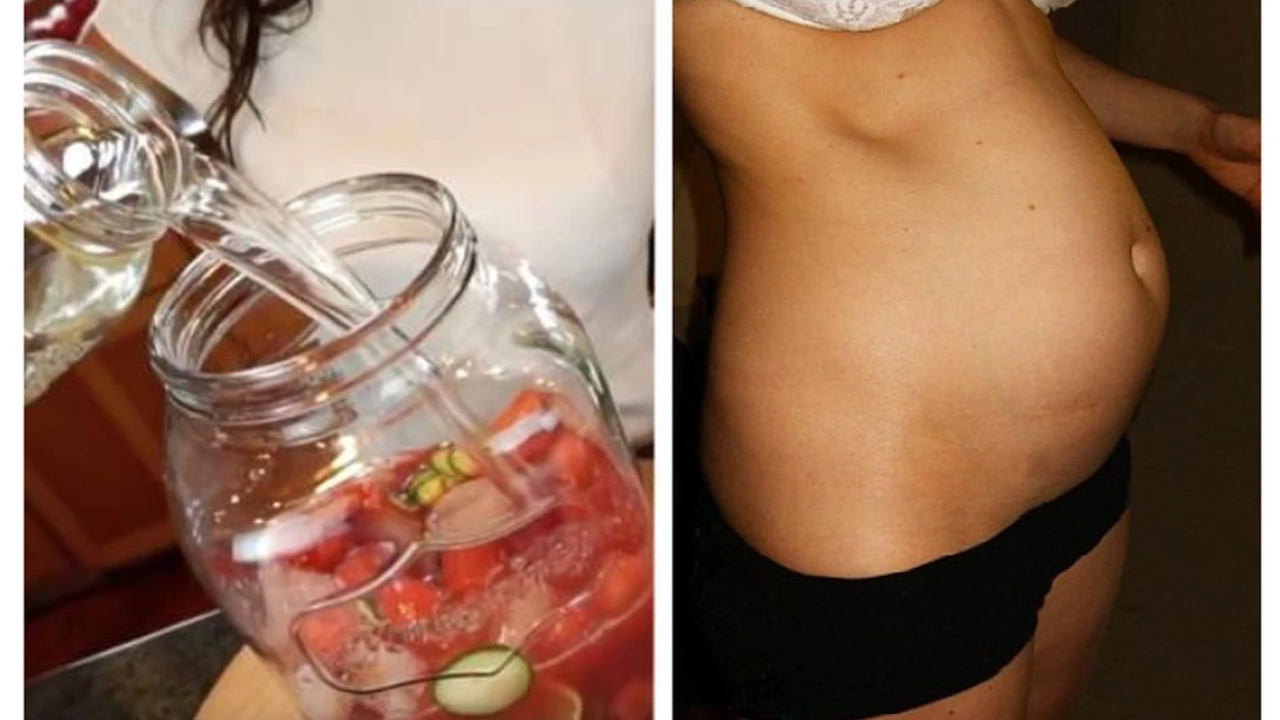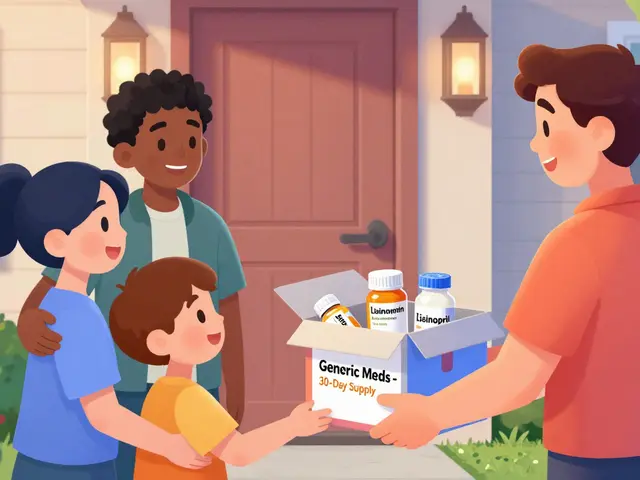Bloating Remedies That Work: Simple Fixes for a Bloated Belly
Feeling swollen after meals? Bloating is one of the most common complaints I hear, and most of the time you can ease it with small changes. This guide gives fast, practical remedies you can try today—no miracle cures, just things that actually help.
First, look at what you eat. Foods high in FODMAPs—like onions, garlic, beans, apples, cauliflower, and wheat—often cause gas and bloating. Try cutting these out for a week and note any improvement. Also avoid carbonated drinks and chewing gum; both introduce extra air into your stomach.
How you eat matters too. Slow down. Chew each bite and pause between forkfuls. Eating quickly or talking while you eat makes you swallow air. Smaller, more frequent meals are easier on digestion than giant plates that sit heavy in your gut.
Easy kitchen fixes
Ginger and peppermint are two natural helpers. A small cup of ginger tea after a heavy meal can speed digestion and reduce gas. Peppermint oil capsules may relax intestinal muscles and ease cramping—skip peppermint if you have reflux or heartburn, though. Plain warm water with lemon can also stimulate digestion without adding calories.
Try probiotics for ongoing issues. Look for products containing Lactobacillus and Bifidobacterium strains; many people see fewer gas and bloating episodes after four to eight weeks. If you already have constipation, a fiber change might help—slowly add soluble fiber like oats or psyllium and drink water to avoid worsening bloating.
Small helpers: lactase pills (for lactose intolerance) cut gas after dairy when taken before milk or ice cream. Beano (alpha-galactosidase) helps digest beans and broccoli—take it with the meal. Avoid sugar alcohols like sorbitol and xylitol in sugar-free gum and candies; they pull water into the gut and cause bloating. If you struggle with constipation, a short course of an osmotic laxative like polyethylene glycol softens stools and reduces backup pressure that causes bloating. Practice belly breathing and avoid carbonated beers or sipping through a straw; they increase swallowed air. Finally, if bloating happens after certain drinks or meals, try a 10-day elimination of suspect items, then slowly reintroduce.
Quick moves and OTC options
Movement helps. A short walk after meals pushes gas through the gut faster. Gentle yoga poses like "knees to chest" and "wind-relieving pose" can also bring relief. Over-the-counter simethicone can break up gas bubbles and offer quick relief for many people. Activated charcoal is sometimes used, but results vary and it can interfere with medications.
When to see a doctor: if bloating is severe, comes with weight loss, blood in stool, persistent vomiting, or a new change after age 50, get evaluated. Those signs could mean something more than dietary bloating and deserve tests.
Final practical checklist: eat slowly, cut or test high-FODMAP foods, avoid fizzy drinks and gum, try ginger or peppermint, walk after meals, and consider a probiotic trial. Keep a short food-and-symptom diary for two weeks to spot triggers—often that’s enough to stop the balloon feeling.
In my latest blog post, I've shared some effective tips and tricks to help you conquer bloating during your period. I discussed the importance of staying hydrated, reducing sodium intake, and prioritizing exercise to keep bloating at bay. I also highlighted the role of a balanced diet, especially incorporating foods rich in potassium and fiber. Additionally, I talked about the benefits of over-the-counter remedies and when it might be necessary to seek medical advice. So, if you're someone who struggles with period bloat, my post is filled with practical advice to ease your discomfort.



